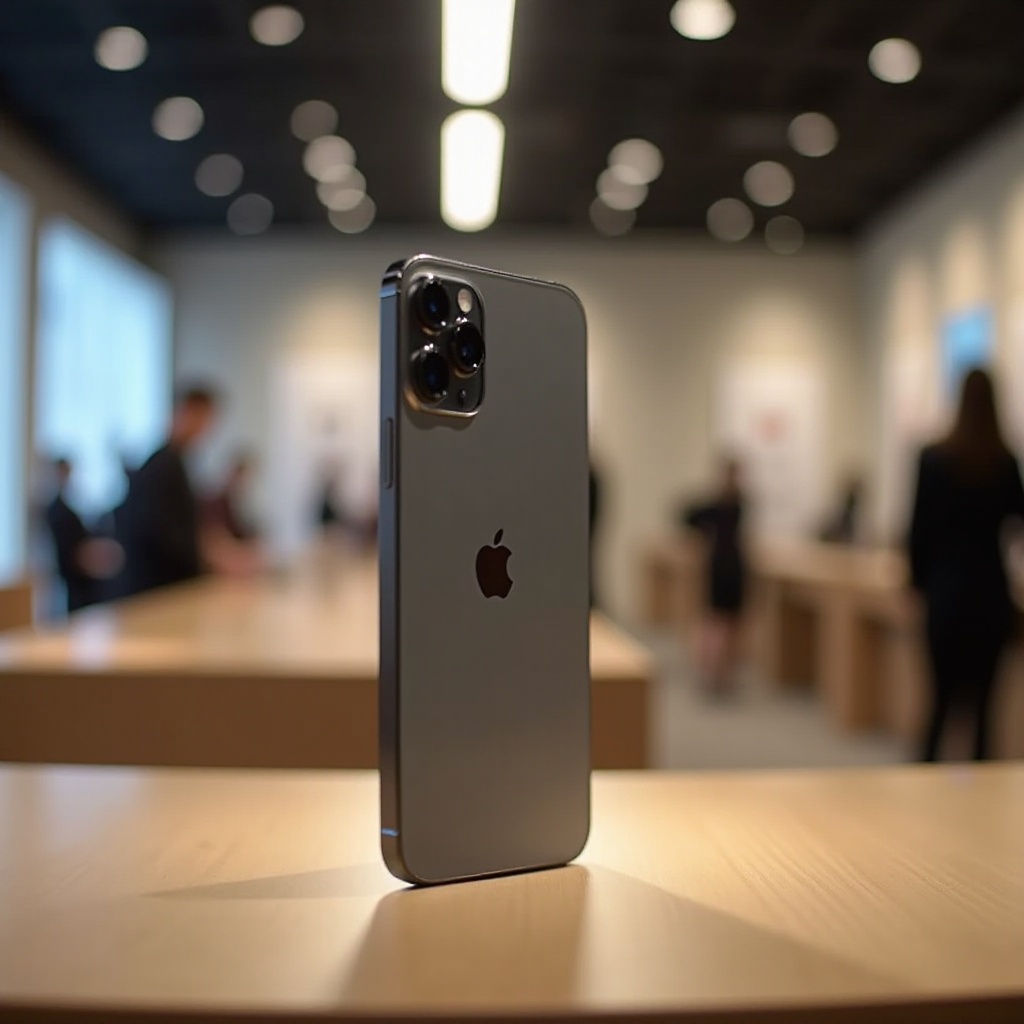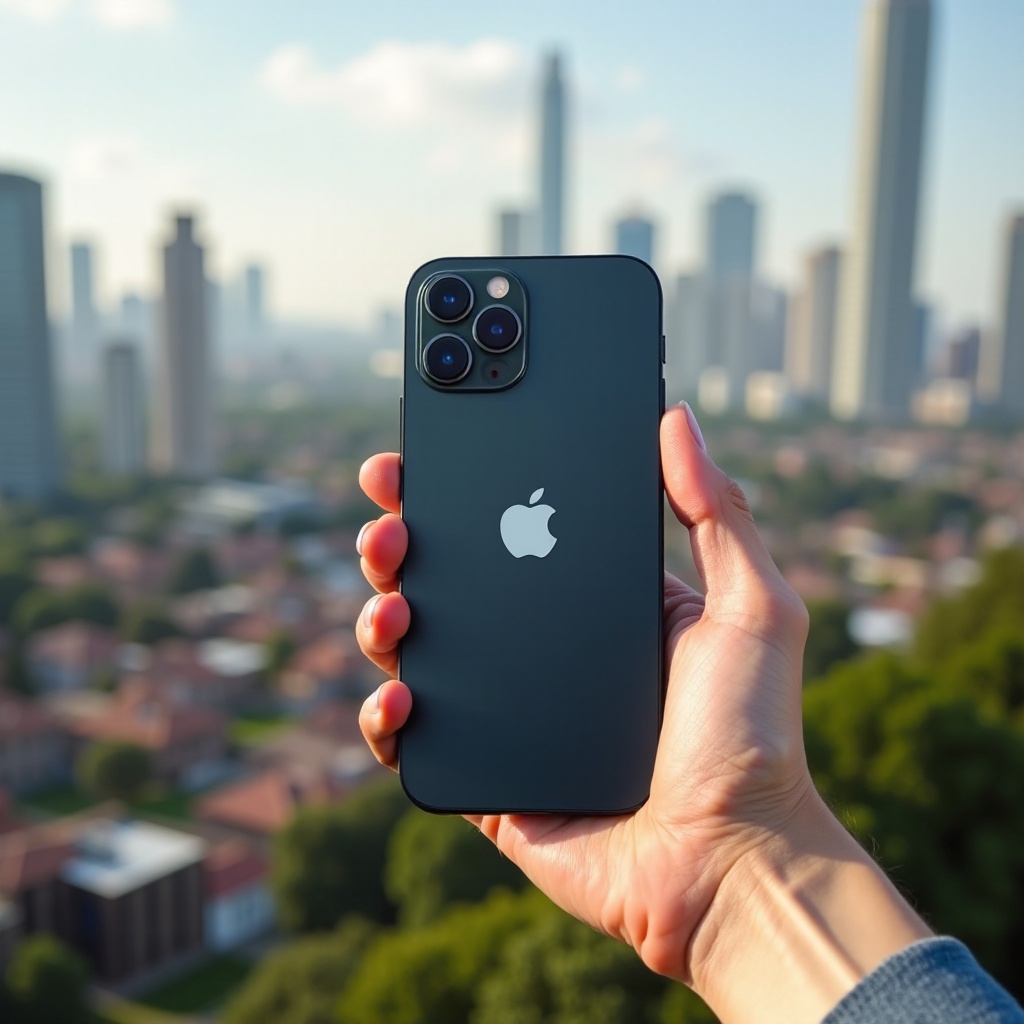Introduction
Apple iPhones have long been a symbol of innovation, style, and technological advancement. With each new release, consumers eagerly await the latest features, improvements, and, unsurprisingly, the price tags. One of the primary considerations for potential buyers is how much they should expect to pay. Whether you’re in the market for the latest model or considering a previous generation iPhone, understanding the average cost can help you make an informed decision.

Historical Pricing Trends of Apple iPhones
The pricing strategy of Apple iPhones has followed a distinct trend over the years. When the first iPhone was introduced in 2007, it started at $499. Since then, prices have escalated significantly, with each new model introducing advanced features and higher price points. By 2020, the iPhone 12 Pro Max started at $1,099, demonstrating a clear upward trend.
Several factors contribute to this pricing pattern, including technological advancements, inflation, and market demand. Each new release often includes significant hardware and software improvements, justifying the increased costs. For instance, the introduction of Face ID, improved cameras, and 5G compatibility have all influenced the rising prices.
As we approach 2024, it’s essential to examine how these historical trends might influence current pricing, especially with the latest iPhone models on the market.
Current Average Costs of Different iPhone Models
To understand the costs of iPhones in 2024, we need to consider the various models currently available. Let’s break down the average prices of some of the most popular iPhone models you might be considering:
- iPhone 14 Series:
- iPhone 14: Starting at around $799
- iPhone 14 Plus: Approximately $899
- iPhone 14 Pro: Around $999
-
iPhone 14 Pro Max: Roughly $1,099
-
iPhone 13 Series (as of 2024):
- iPhone 13: Roughly $699
- iPhone 13 Mini: About $599
- iPhone 13 Pro: Approximately $899
-
iPhone 13 Pro Max: Starting at $999
-
iPhone SE (3rd generation):
-
Priced around $399
-
Older Models (if still available):
- iPhone 12: Average around $599
- iPhone 11: Priced approximately at $499
These prices reflect the latest averages and may vary depending on storage capacity and other specifications. Additionally, prices can fluctuate based on sales promotions, trade-in offers, and other factors.
Understanding these current prices helps provide a clear picture of what consumers can expect to pay for different iPhone models in 2024.
Factors Influencing iPhone Prices
Several factors play a role in determining the cost of iPhones. These include:
-
Technology and Features: Advanced features such as better cameras, faster processors, and improved displays increase the price. The latest models often come with cutting-edge technology that sets a new standard for smartphones.
-
Manufacturing Costs: The cost to produce an iPhone is significant. This includes raw materials, labor, and research and development. Apple’s emphasis on high-quality materials and cutting-edge technology contributes to higher manufacturing costs, which are passed on to consumers.
-
Market Demand: High demand can drive up prices. New releases often generate significant buzz, leading to high demand and, consequently, higher prices.
-
Currency Fluctuations: Exchange rates can affect international pricing. Depending on the country and its currency strength, the same iPhone model might have different price points.
-
Government Taxes and Levies: Import duties, taxes, and regulations can influence pricing in different regions. For example, the cost of an iPhone in Europe may be higher due to import fees and value-added tax (VAT).
These factors collectively contribute to the overall pricing strategy of Apple iPhones.

Regional Price Variations
Apple phone prices can vary significantly across different regions. While the prices listed above provide a general guide, local taxes, import duties, currency differences, and market demand can influence the final cost in various countries.
For example:
– United States: Prices are typically lowest due to the absence of import duties.
– Europe: Higher due to VAT and other taxes.
– Asia: Prices can vary widely; in countries like India, additional import duties can significantly increase the cost.
Being aware of these regional price differences can help you make better purchasing decisions, especially if you travel frequently or have the option to buy from different markets.

Buying Options and Price Implications
When purchasing an iPhone, various buying options can influence the final cost. Here are some common options:
-
Buying Outright: Purchasing directly from Apple or authorized retailers ensures you get the latest model and warranty, but it’s often the most expensive option upfront.
-
Carrier Deals: Many mobile carriers offer financing plans, allowing you to pay for the phone in monthly installments. These plans can sometimes include discounts or promotions, reducing the overall cost.
-
Trade-In Programs: Apple and other retailers offer trade-in programs where you can exchange your old device for credit towards a new one. This can significantly reduce the final cost.
-
Refurbished Models: Buying refurbished iPhones is a cost-effective option. These phones are restored to like-new condition and come with a warranty, offering significant savings.
Conclusion
Understanding the average cost of Apple iPhones in 2024 requires considering various models, influential factors, and regional differences. By being informed about these elements, you can make a smarter buying decision, ensuring you get the best value for your money.
Frequently Asked Questions
What is the average cost of an iPhone 13 in 2024?
The average cost of an iPhone 13 in 2024 is around $699. However, prices can vary based on storage capacity and promotions.
How much can I save by trading in my old iPhone?
Trade-in values can vary based on the model and condition of your old phone. Generally, you can save anywhere from $100 to $500, making it a valuable option for reducing the cost of a new iPhone.
Are there significant price differences between regions for iPhones?
Yes, regional price differences exist due to factors like taxes, import duties, and currency exchange rates. For example, an iPhone might be cheaper in the US compared to Europe or Asia due to varying tax structures.